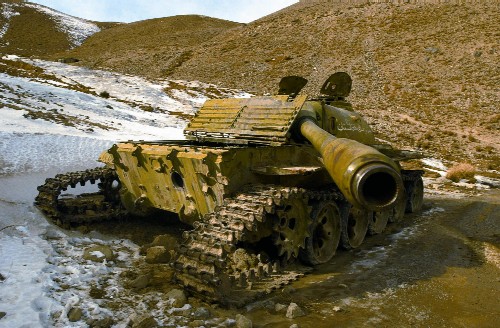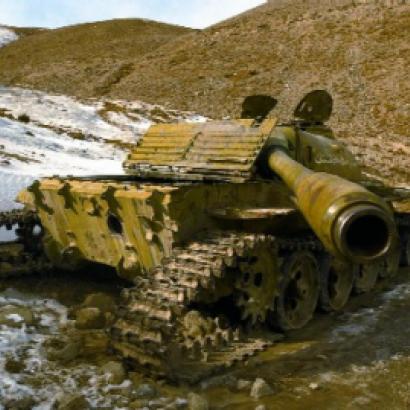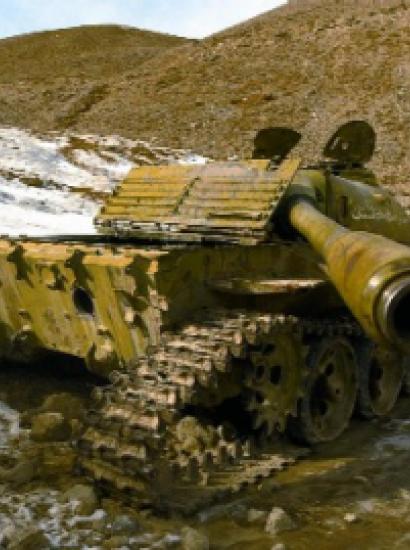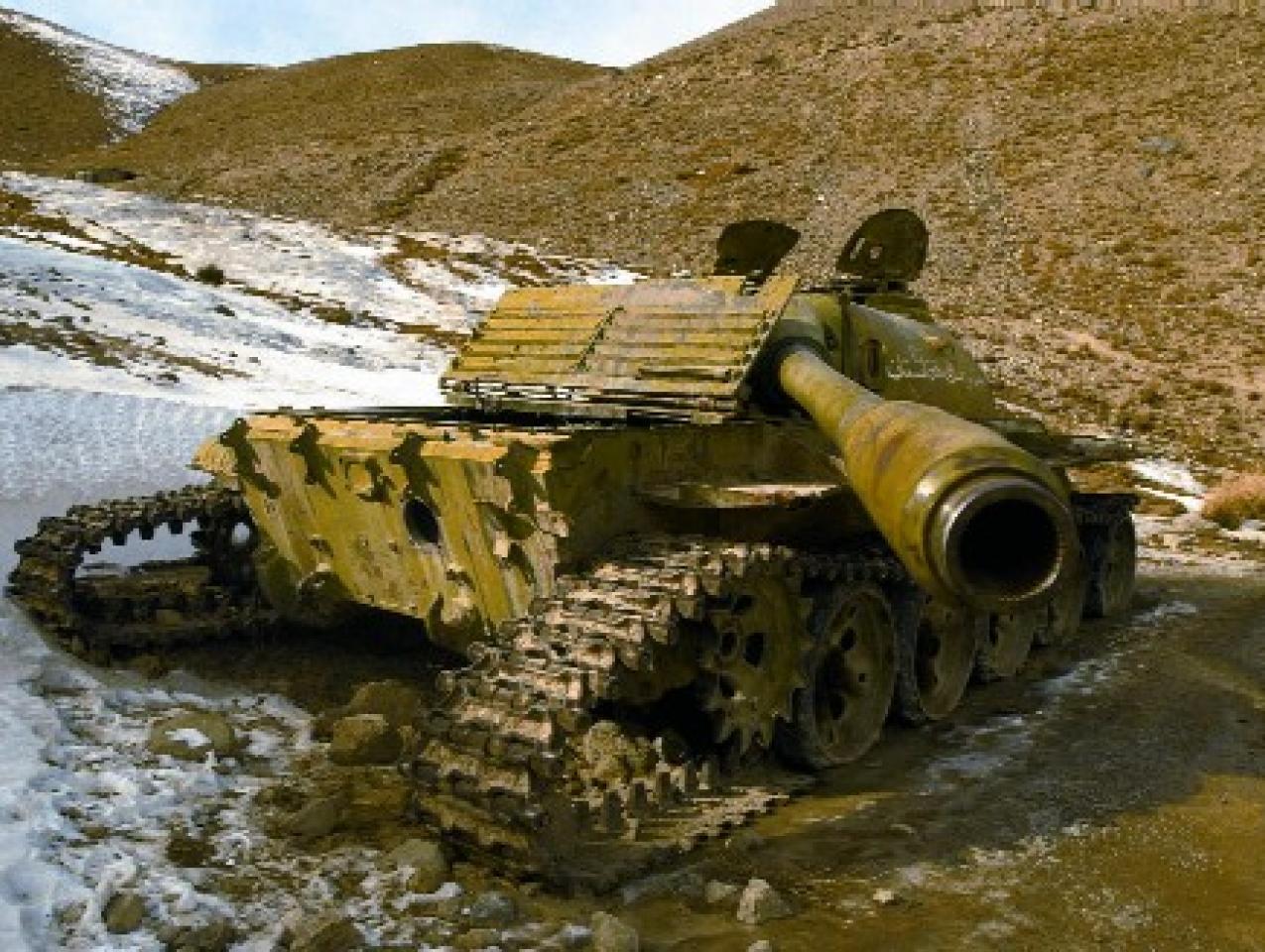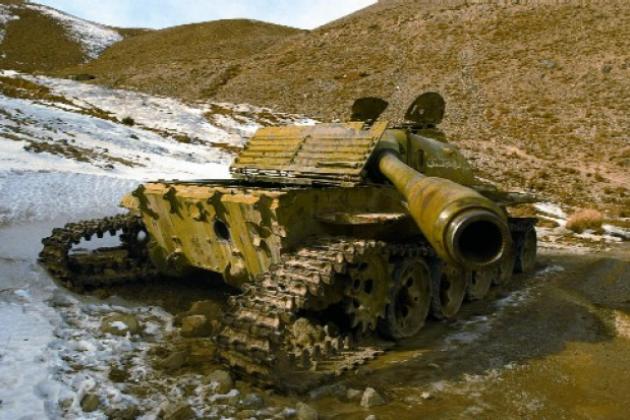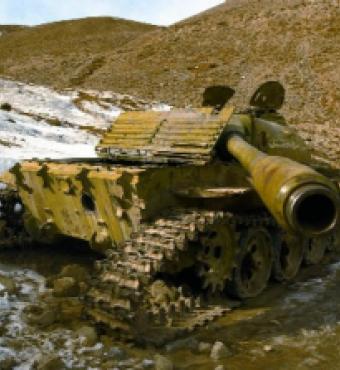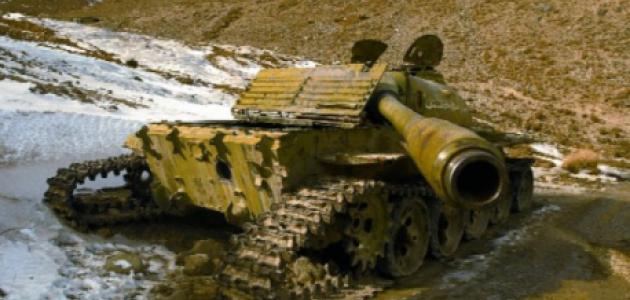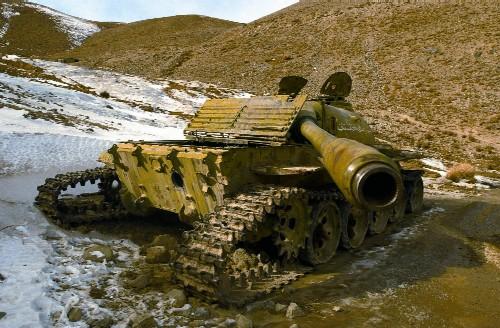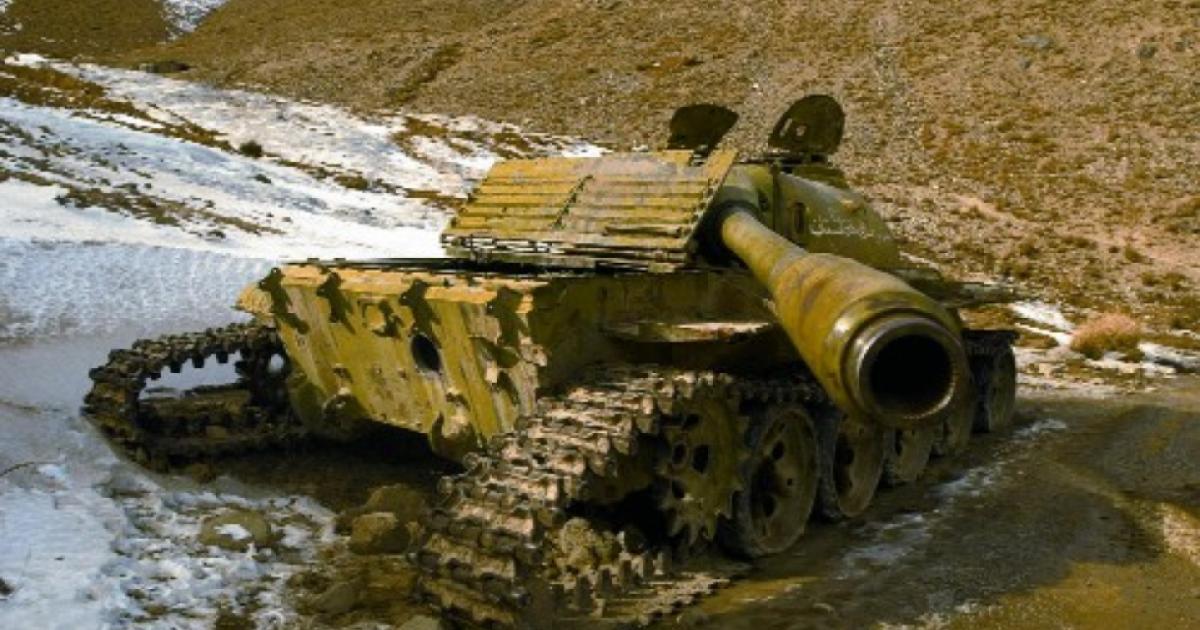- US
- Contemporary
- Military
- World
- Security & Defense
- US Defense
- History
We have examined this matter with extreme care and I can tell you directly: this is not going to be. It would only play into the hands of enemies—both yours and ours. . . . Of course, to declare this publicly, either by you or by us, that we are not going to do this, for understandable reasons does not make sense.—Leonid Brezhnev, general secretary of the Communist Party,
rejecting Afghan leaders’ plea for Soviet troops in the spring of 1979
On Christmas Day 1979, U.S. intelligence detected waves of Soviet military aircraft flying into Afghanistan. Two days later, KGB troops dressed in Afghan uniforms staged a nighttime attack on the palace where Moscow’s former protégé Afghan President Hafizullah Amin was hiding, executed him, and occupied strategic locations throughout Kabul in a 45-minute operation. A radio broadcast, purporting to be from Kabul but actually coming from Uzbekistan, announced that Amin’s execution had been ordered by the Afghan People’s Revolutionary Council and that a new government had been formed, headed by Soviet loyalist Babrak Karmal. Soviet ground forces and paratroopers invaded the same evening, and, within five weeks, five divisions were in place. So began the Soviet Afghanistan war.







